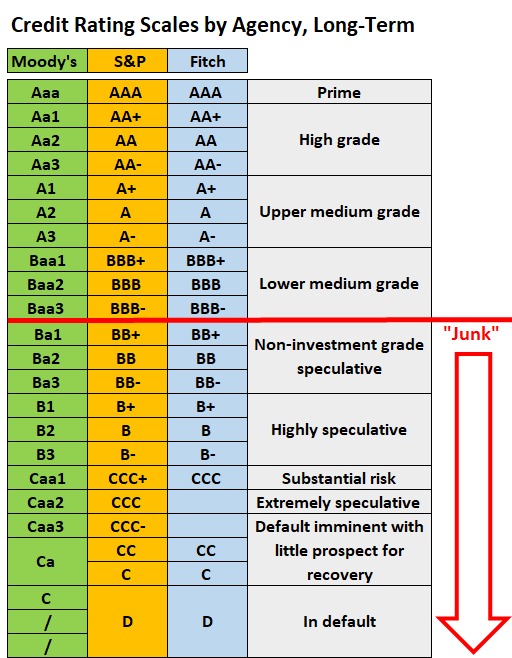How Do Credit Ratings Work in Debt Mutual Funds?
Credit ratings in Debt Mutual Funds are crucial for evaluating the risk linked to the bonds and debt instruments held within the fund. These ratings, assigned by agencies such as CRISIL, ICRA, and CARE in India, reflect the creditworthiness of the issuer, whether it’s a corporation or a government entity. The ratings typically range from AAA (indicating minimal risk) to D (indicating default risk).

A company’s performance can lead to upgrades or downgrades in its credit ratings. Debt mutual funds share the ratings of bonds in their portfolios each month, enabling investors to evaluate the associated credit risk. Bonds with higher ratings, like AAA, are considered safer but provide lower returns, while lower-rated bonds, such as BBB or below, carry greater risks but may offer higher returns to compensate for the increased default risk. Bonds with an SOV credit rating carry no credit risk and are issued by the Government, indicating the highest safety rating. For example, Gilt Funds invest solely in SOV-rated securities, and Corporate Bond Funds predominantly hold AAA-rated bonds, making them a suitable choice for conservative investors seeking safety.
Credit ratings help investors gauge the level of risk in mutual funds with debt, affecting potential returns and the stability of the investment. Investors should consider the credit quality of the fund, especially if they are risk-averse or seeking stable returns. Given the complexities of analysing credit risk and choosing the right funds, it’s important to consult an AMFI-registered mutual fund distributor or financial advisor. These professionals can help you understand the implications of different credit ratings and guide you in selecting the right debt mutual funds based on your risk tolerance and financial goals. Professional advice ensures that you make informed, suitable decisions and manage your portfolio effectively for long-term success.
